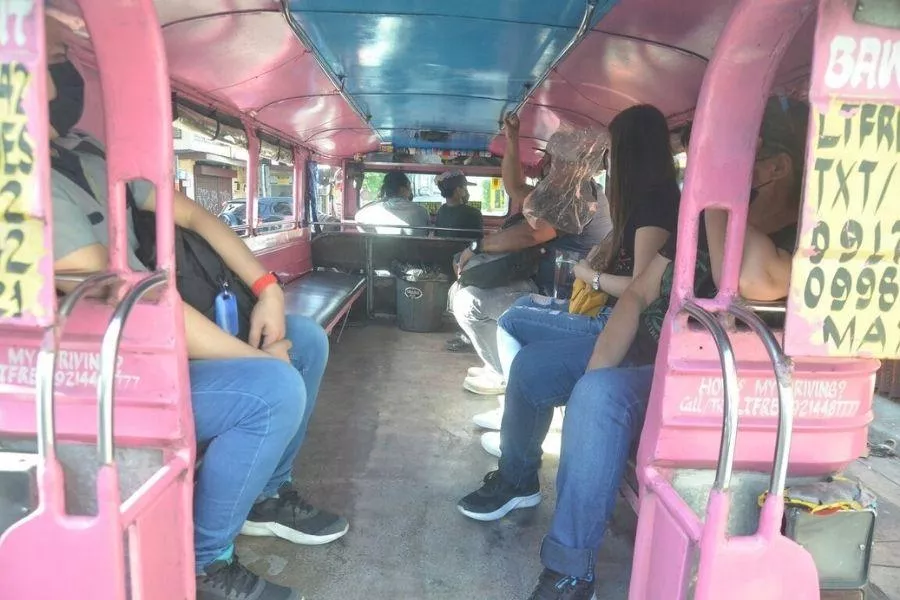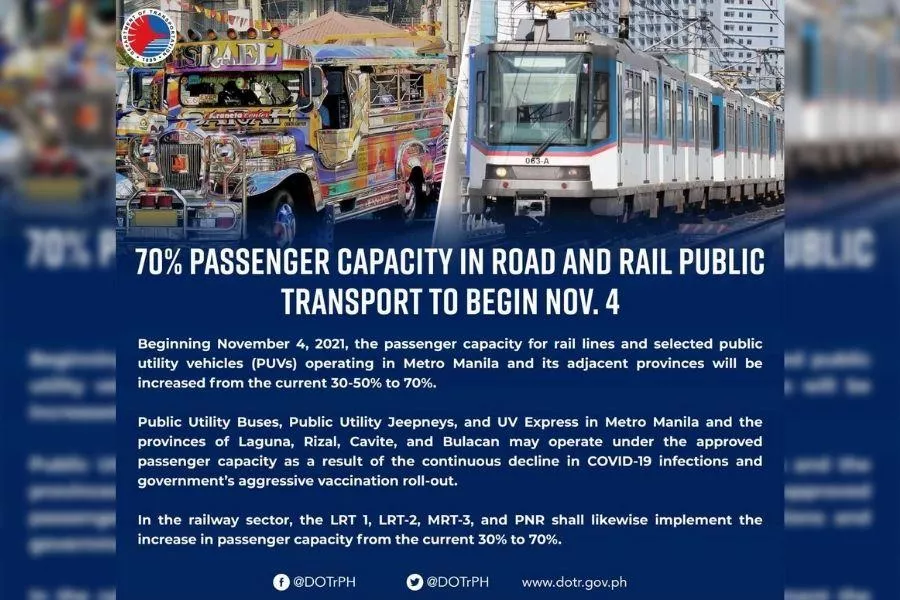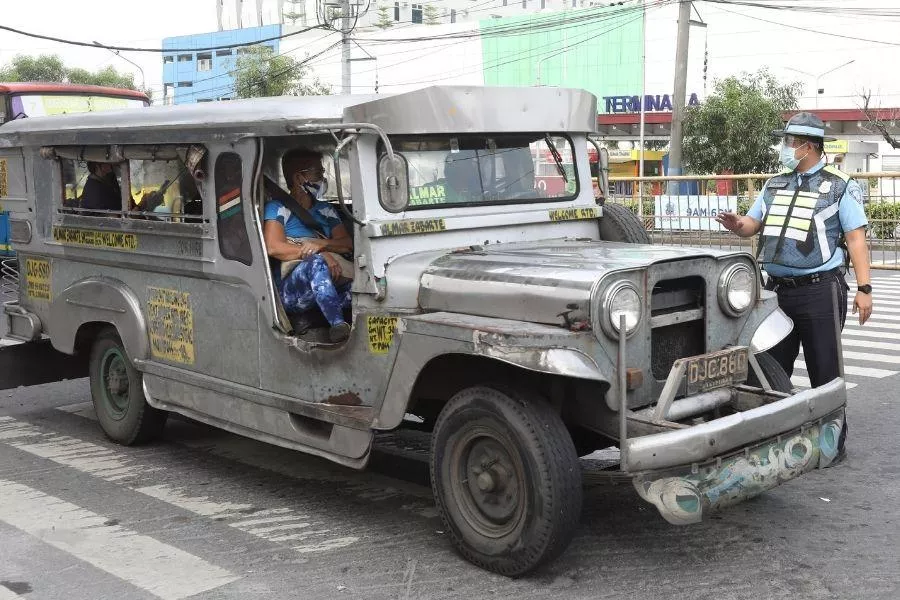Now that the Inter-Agency Task Force for the Management of Emerging Infectious Diseases (IATF-EID) approved the increase in passenger capacity to 70 percent in public transportation, new health protocols have been announced. One of which is scraping the mandatory use of plastic barriers in public utility jeepneys.

Jeepneys started removing plastic barriers
As a recap, the Department of Transportation (DOTr) announced last year that jeepneys should install plastic barriers as one of its safety protocols in the transport sector. According to the government agency, the plastic barriers were intended to isolate the driver from the passengers to avoid the further spread of the COVID-19.
Land Transportation Franchising and Regulatory Board (LTFRB) chairman Martin Delgra clarified that the DOTr did not originally order the installation of plastic barriers between passengers in jeepneys. Delgra explained that the DOTr required the installation of a plastic barrier to isolate the driver from the passengers.

Advisory from the DOTr
But with the lowering of Alert Levels and improvements in COVID-19 cases in the country, the DOTr sees no reason why plastic barriers should still be used given that minimum health protocols are observed. Removing the plastic barriers goes hand-in-hand with the increase in passenger capacity in jeepneys as more commuters can be seated.
Another benefit of increasing the passenger capacity is it will provide higher revenue for the public transport sector. The livelihood of jeepney drivers was severely affected ever since the COVID-19 broke out in the country last March 2020. Also, drivers will be able to combat the recent hikes in fuel prices.

Health protocols should still be observed at all times
The DOTr reminds commuters to observe its “Seven Commandments” in using public transportation. These protocols are as follows:
- Wear masks and face shields
- No talking and voice calls
- No eating
- Keep vehicles well-ventilated
- Conduct frequent disinfection
- COVID-19 patients are not allowed to board
- Proper physical distancing should be observed
As more people are expected to be on the road, the Metropolitan Manila Development Authority (MMDA) is looking to bring back the number coding. This is being considered as the volume of vehicles on EDSA is now similar to the time before the pandemic hit. The increase in passenger capacity can now accommodate more private vehicle owners if their vehicle is scheduled for number coding.
Philkotse.com brings the latest road and traffic updates
Recent posts
- LTO new madatory exam available online for free Feb 18, 2022
- vicoap pmvics eliminate fixers Oct 29, 2021
- PNR Clark Phase 2 progress Oct 28, 2021











